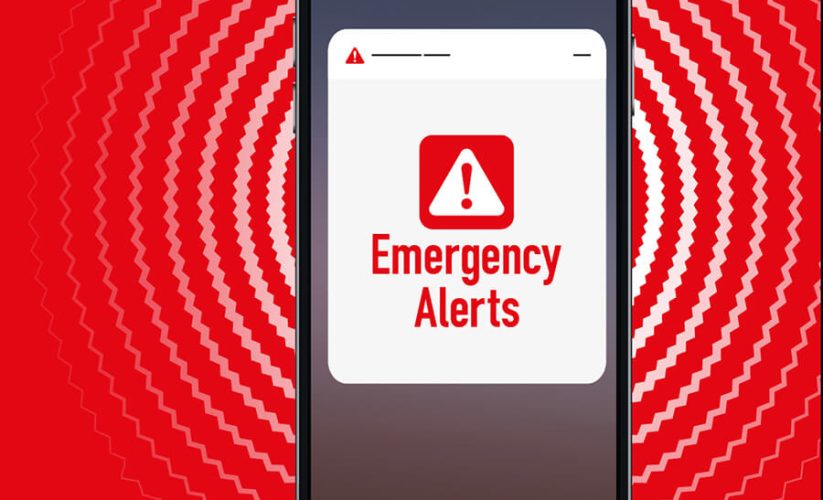
Cost-Effective Emergency SMS Alert Solutions for Businesses
In today’s fast-paced business environment, effective communication is crucial, especially during emergencies. Organizations need reliable systems to disseminate urgent information quickly and efficiently. An emergency SMS alert system is a vital tool that can help businesses manage crises effectively while ensuring the safety of employees and stakeholders. However, many companies are concerned about the costs associated with implementing such systems. This article explores cost-effective emergency SMS alert solutions that can enhance your organization’s crisis communication without breaking the bank.
Understanding Emergency SMS Alert Systems
An emergency SMS alert system allows organizations to send mass text messages to employees, clients, and stakeholders in real time. These messages can include critical updates, safety instructions, or alerts about emergencies such as natural disasters, security threats, or operational disruptions. The immediacy and reach of SMS make it an invaluable tool for effective crisis management.
Key Features of Cost-Effective Systems
When looking for a cost-effective emergency SMS alert system, consider the following key features:
- Mass Messaging Ability: The capacity to send messages to multiple recipients simultaneously.
- User-Friendly Interface: An intuitive platform that allows quick message creation and dispatch.
- Customizable Templates: Predefined message templates that can be tailored for different audiences and situations.
- Delivery Reports: Tracking features that allow you to monitor message delivery and engagement rates.
- Integration Capabilities: The ability to integrate with existing communication tools or emergency management systems.
The Importance of Cost-Effective Solutions
1. Budget-Friendly Options
Many businesses, especially small and medium-sized enterprises (SMEs), operate within tight budgets. Implementing an emergency SMS alert system should not be a financial burden. Fortunately, there are various cost-effective solutions available that offer essential features without unnecessary bells and whistles.
2. Maximizing ROI
Investing in a cost-effective emergency SMS alert system can provide a high return on investment. By ensuring that communication during a crisis is swift and reliable, organizations can minimize potential losses, enhance safety, and improve overall operational resilience.
3. Scalability
Cost-effective solutions often come with scalable pricing models, allowing businesses to adjust their services as they grow. This flexibility ensures that organizations only pay for what they need, making it easier to manage expenses while expanding capabilities.
Exploring Cost-Effective Emergency SMS Alert Solutions
1. Subscription-Based Models
Many providers offer subscription-based pricing models, which can be a cost-effective way to access an emergency SMS alert system. These models typically include:
- Monthly or Annual Fees: A flat rate for a set number of messages sent per month or year.
- Unlimited Messaging: Some providers offer unlimited messaging for a fixed monthly fee, which can be beneficial for organizations that need to send frequent alerts.
Key Insight: Evaluate different subscription plans to find one that aligns with your organization’s communication needs and budget.
2. Pay-As-You-Go Plans
For businesses that may not require constant communication, pay-as-you-go plans offer flexibility. With this model, organizations only pay for the messages they send. This can be particularly advantageous for smaller companies or those with fluctuating communication needs.
Key Insight: Pay-as-you-go options allow organizations to control costs while still having access to emergency communication when necessary.
3. Bundled Services
Some providers offer bundled services that combine emergency SMS alert systems with other communication tools, such as email alerts or automated voice messages. Bundling can often lead to cost savings compared to purchasing services individually.
Key Insight: Look for providers that offer bundled packages to maximize value and streamline communication efforts.
4. Local vs. National Providers
When selecting an emergency SMS alert system, consider whether to partner with a local or national provider. Local providers may offer competitive pricing and personalized service, while national providers might have more robust features and larger infrastructures.
Key Insight: Research both local and national options to find the best balance of cost, features, and support for your organization.
5. Trial Periods and Demos
Many SMS alert system providers offer free trial periods or demos. These allow organizations to test the system before committing to a subscription or purchase. Utilizing these trial offers can help ensure that the chosen system meets your needs without incurring unnecessary costs.
Key Insight: Take advantage of trial periods to evaluate user interfaces, functionalities, and customer support before making a long-term commitment.
Best Practices for Implementing Emergency SMS Alert Systems
1. Assess Your Communication Needs
Before selecting a system, assess your organization’s specific communication needs. Consider factors such as the size of your organization, the nature of potential emergencies, and the frequency of communication required.
2. Train Staff Effectively
Investing in an emergency SMS alert system is just the beginning. Ensure that your staff is adequately trained on how to use the system effectively. This includes understanding how to send alerts, customize messages, and access delivery reports.
3. Create Template Messages
Develop predefined message templates for various situations, such as natural disasters, security threats, or operational disruptions. This will streamline the alert process and ensure that critical information is communicated clearly and quickly.
4. Regularly Update Contact Lists
Keep your contact lists updated to ensure that all relevant stakeholders receive emergency notifications. Regularly reviewing and updating contact information can prevent communication breakdowns during crises.
5. Test the System Regularly
Conduct regular tests of the emergency SMS alert system to ensure it functions correctly. Simulate different emergency scenarios to assess the effectiveness of your communication strategies and make improvements as necessary.
Conclusion
Investing in a cost-effective emergency SMS alert system is essential for businesses looking to enhance their crisis communication capabilities. By evaluating various pricing models, features, and providers, organizations can find a solution that fits their budget while ensuring timely and effective communication during emergencies. Implementing best practices and maintaining an updated system will not only improve organizational preparedness but also safeguard employees and stakeholders during critical situations.





